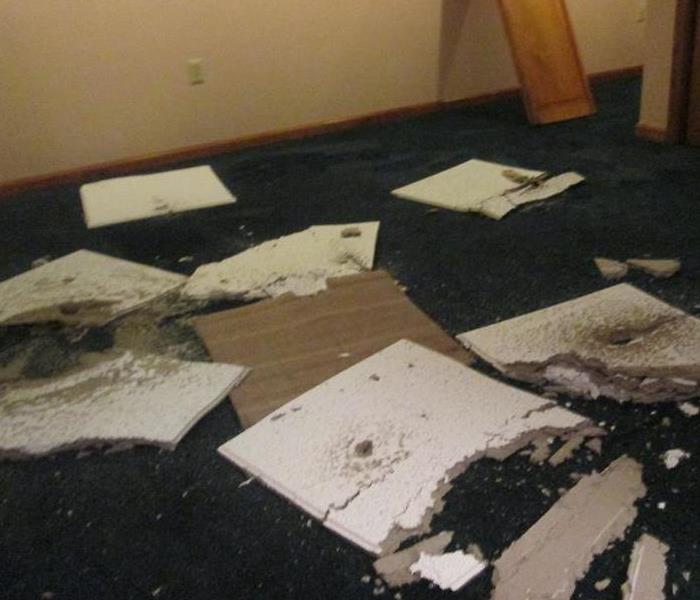Flood Safety TIps
2/28/2018 (Permalink)
Flooding is a temporary overflowing of water onto the land that is normally dry. Flooding may happen with only a few inches of water, or it may cover a house to the rooftop. There are many possible causes of floods including heavy rain or snowmelt, coastal storms and storm surge, waterway overflow from being blocked with debris or ice, or overflow of levees, dams, or waste water systems, flooding can occur slowly over many days or happen very quickly with little or no warning, called flash floods.
Basic Safety Tips:
- Avoid walking or driving through flood water.
- Do not drive over bridges that are over fast-moving floodwaters. Floodwaters can scour foundation material from around the footings and make the bridge unstable.
- Just 6 inches of moving water can knock you down, and one foot of moving water can sweep your vehicle away.
- If there is a chance of flash flooding, move immediately to higher ground.
- If floodwaters rise around your car but the water is not moving, abandon the car and move to higher ground. Do not leave the car and enter moving water.
- Avoid camping or parking along streams, rivers, and creeks during heavy rainfall. These areas can flood quickly and with little warning.
After a Flood:
- Return home only when authorities say it is safe.
- Be aware of areas where floodwaters have receded and watch out for debris. Floodwaters often erode roads and walkways.
- Do not attempt to drive through areas that are still flooded.
- Avoid standing water as it may be electrically charges from underground or drowned power lines.
- Photograph damage to your property for insurance purposes.





 24/7 Emergency Service
24/7 Emergency Service
